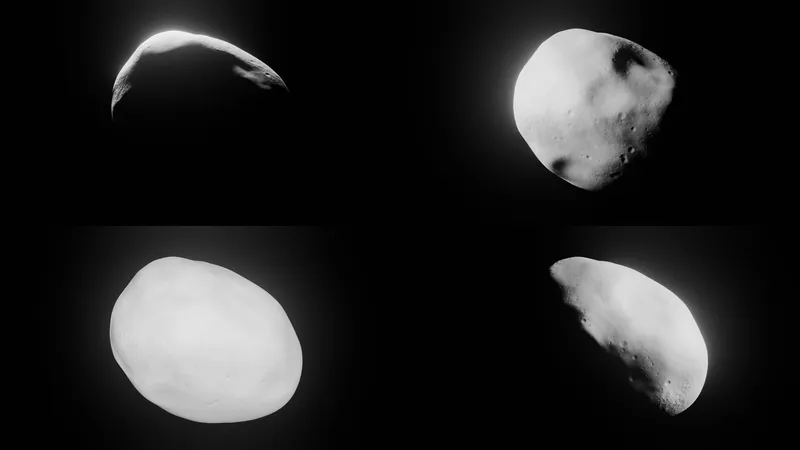
Asteroids Unveil Our Solar System's Dramatic Origins
2025-08-25
Author: Charlotte
Cosmic Time Capsules of the Solar System
Did you know that the asteroids we see floating in our Solar System are remnants from a colossal event that occurred 4.6 billion years ago? Researchers are now revealing that these ancient rocks might share a surprising story of common ancestry, challenging what we previously thought about their origins.
A Groundbreaking Discovery in Asteroid Research
Led by Joe Masiero from Caltech's Infrared Processing and Analysis Centre, a new study has uncovered a remarkable connection between two incredibly different types of asteroids: metallic M-types that shine like mirrors and rocky K-types made of silicate materials. Despite their contrasting appearances, both types exhibit an unusual dusty coating of troilite, hinting at a shared beginning.
Masiero likens this finding to discovering the same rare paint on seemingly unrelated artifacts, suggesting these asteroids originated from the same parent body before shattering into smaller fragments. This research turns our understanding of asteroid classification on its head.
The Astounding Role of Troilite
Troilite is a rare iron-sulphur compound, and its presence on both types of asteroids acts as a unique fingerprint. "Troilite is very uncommon, so we can use it as a fingerprint that links these two different types of objects to each other," explains Masiero. Finding it on both asteroid types could mean they originated from the same massive object—a cosmic source that split apart, giving birth to today’s varying asteroids.
Unraveling the Mystery with Polarisation
To delve deeper into this connection, the researchers employed an advanced method that goes beyond just identifying colors or brightness. They examined polarisation—the way light reflects off asteroid surfaces—using the WIRC+Pol instrument at Caltech’s Palomar Observatory. Just like polarized sunglasses cut glare, different minerals create unique patterns of polarized light. This technique provided insights that traditional methods couldn’t uncover.
As asteroids orbit the Sun, they undergo phases, changing how we perceive their brightness and shape from Earth. This dynamic viewing reveals surface details that are crucial for understanding their composition.
A Shared Origin Story?
The polarisation data confirmed that both M-type and K-type asteroids carry troilite dust on their surfaces, hinting they came from the same large parent objects—akin to miniature planets with metallic cores and rocky mantles. Early collisions in the Solar System may have shattered these bodies, distributing their fragments across different types of asteroids.
Could this troilite dust have been present before the parent bodies disintegrated, or did it form a cloud settling on all fractured pieces? Either scenario provides compelling evidence of a shared ancestry.
Asteroids: Our Cosmic Archaeologists
This cutting-edge research showcases how asteroids serve as invaluable records of our Solar System's tumultuous history. While Earth has undergone extensive geological changes that have erased much of its formative past, asteroids remain untouched, preserving pristine samples from the time when solid bodies first began forming around our youthful Sun. What other secrets lie hidden in the depths of these cosmic wrecks?
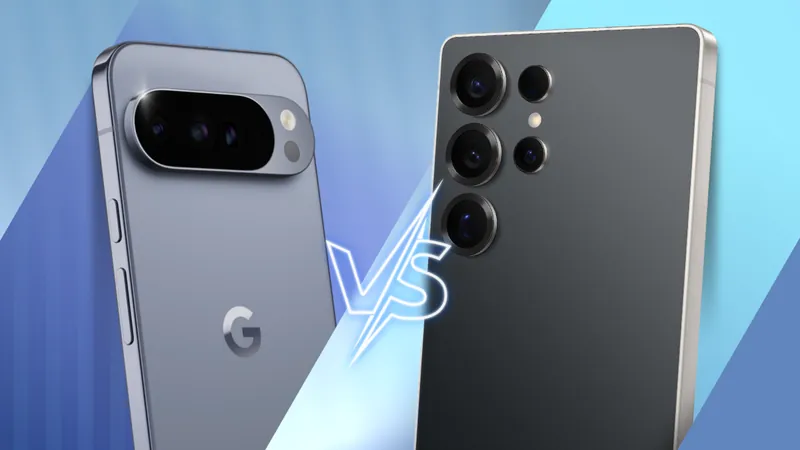

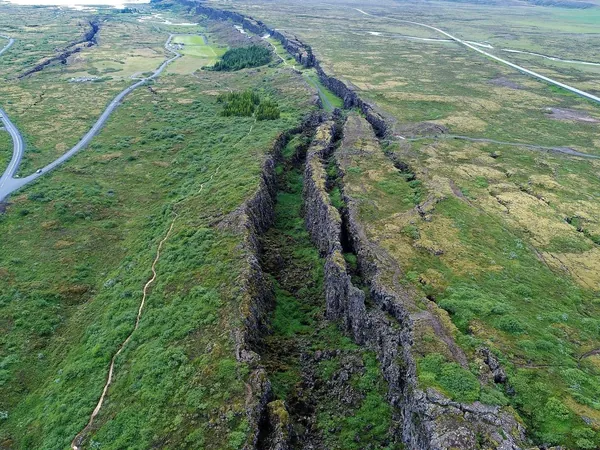

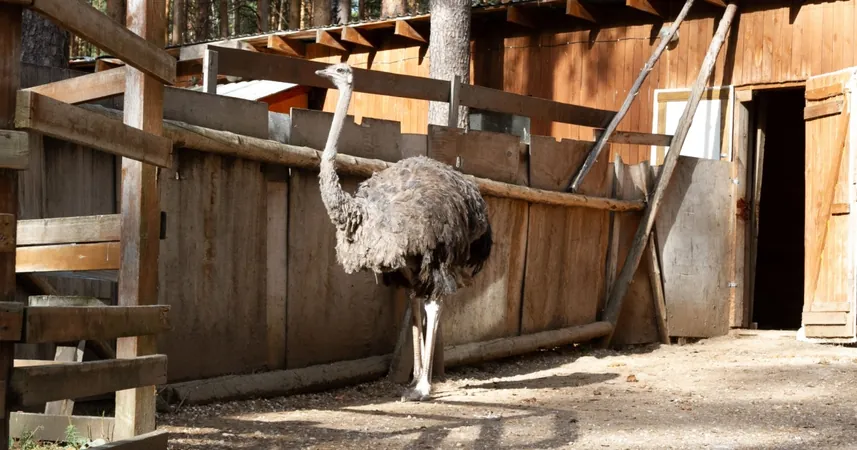

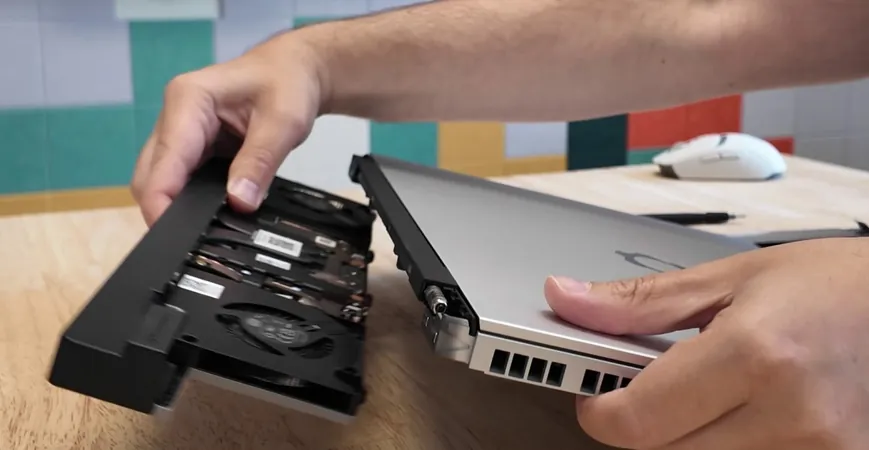
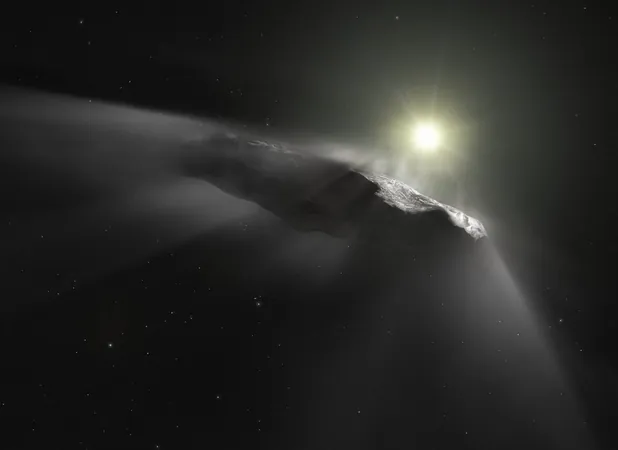
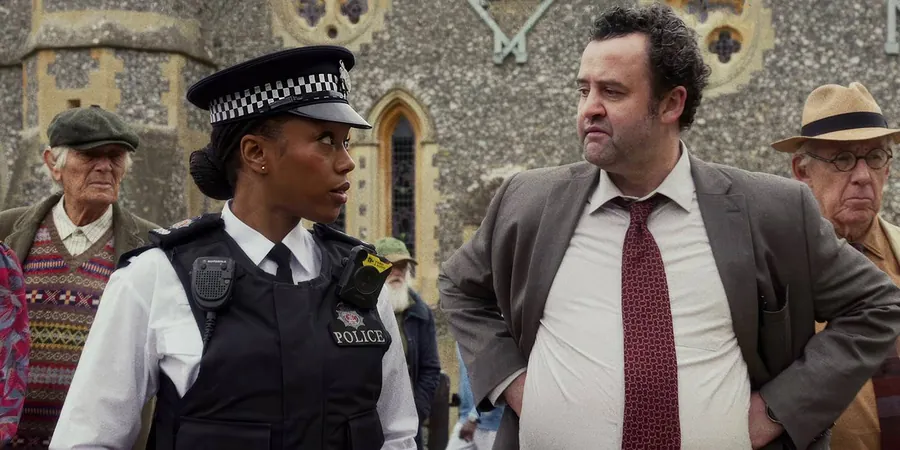
 Brasil (PT)
Brasil (PT)
 Canada (EN)
Canada (EN)
 Chile (ES)
Chile (ES)
 Česko (CS)
Česko (CS)
 대한민국 (KO)
대한민국 (KO)
 España (ES)
España (ES)
 France (FR)
France (FR)
 Hong Kong (EN)
Hong Kong (EN)
 Italia (IT)
Italia (IT)
 日本 (JA)
日本 (JA)
 Magyarország (HU)
Magyarország (HU)
 Norge (NO)
Norge (NO)
 Polska (PL)
Polska (PL)
 Schweiz (DE)
Schweiz (DE)
 Singapore (EN)
Singapore (EN)
 Sverige (SV)
Sverige (SV)
 Suomi (FI)
Suomi (FI)
 Türkiye (TR)
Türkiye (TR)
 الإمارات العربية المتحدة (AR)
الإمارات العربية المتحدة (AR)